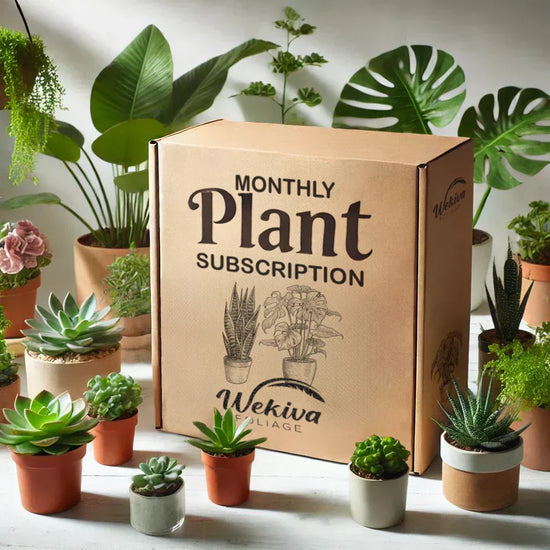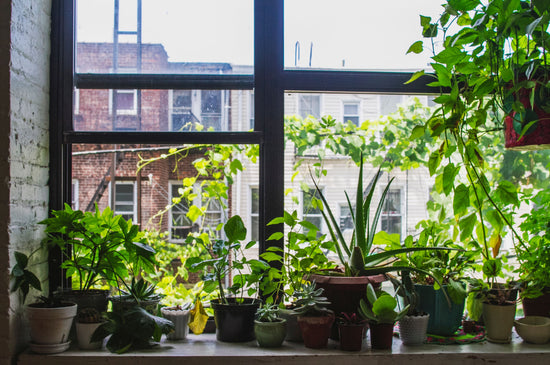Unveiling the Art of Growing and Caring for Luscious Fig Trees

Fig trees (Ficus carica) stand as not just fruit-bearing marvels but also as symbols of resilience and versatility in the realm of orchard cultivation. Whether you're a seasoned horticulturist or a budding gardener, embarking on the journey of growing and caring for fig trees opens a gateway to a bounty of sweet, nutritious fruits. In this comprehensive guide, we'll explore the art and science of nurturing fig trees, unveiling the secrets to a thriving orchard.

The Fig Tree Advantage: An Orchard Must-Have
Key Benefits of Growing Fig Trees
- Adaptability: Fig trees are adaptable to various climates and soil types.
- Low Maintenance: They require minimal care once established.
- Bountiful Harvest: Fig trees yield an abundance of delectable fruits.
- Versatility: Figs can be enjoyed fresh, dried, or in various culinary creations.

Selecting the Right Fig Tree Variety
Top Varieties for Your Orchard
- Brown Turkey Fig: Adaptable and known for its sweet, rich flavor.
- Celeste Fig: Cold-hardy with small, honey-like flavored figs.
- Black Mission Fig: Widely planted, offering dark purple to black-skinned sweet figs.
- Kadota Fig: Versatile greenish-yellow figs, suitable for fresh eating or drying.
- Adriatic Fig: Delicate light green to yellow figs, perfect for fresh consumption and drying.
- Chicago Hardy Fig: Cold-resistant with sweet, medium-sized figs.
- LSU Purple Fig: Developed by Louisiana State University, featuring dark purple figs.
- Brunswick Fig: Reliable and productive, bearing large, light green figs.
- Violette de Bordeaux Fig: Small, dark purple figs, well-suited for container growing.
- Panachee Fig: Distinctive striped green and yellow skin with a sweet flavor.

Planting Your Fig Tree: A Foundation for Success
Step-by-Step Planting Guide
- Site Selection: Choose a sunny location with well-draining soil.
- Digging the Hole: Create a hole twice the size of the root ball.
- Planting Depth: Place the tree at the same level as it was in the nursery container.
- Watering: Provide a generous watering after planting to settle the soil.

Nurturing Fig Trees Through Careful Watering
Watering Tips for Optimal Growth
- Consistency is Key: Maintain consistent moisture, especially during dry spells.
- Avoid Waterlogged Soil: Ensure proper drainage to prevent root rot.
- Deep Watering: Water deeply to encourage robust root development.
- Mulching: Apply a layer of mulch to retain soil moisture and suppress weeds.

Soil and Fertilization Essentials
Creating the Perfect Soil Environment
- Well-Draining Soil: Figs thrive in loamy soil with good drainage.
- Fertilizing Routine: Apply a balanced fertilizer in early spring and midsummer.
- Organic Matter: Incorporate organic compost to enhance soil fertility.

Pruning for Shape and Productivity
Pruning Strategies for Fig Trees
- Shaping the Canopy: Prune in late winter to shape the tree and encourage sunlight penetration.
- Removing Dead Wood: Regularly remove dead or damaged branches to maintain health.
- Size Control: Prune for size management, especially in smaller garden spaces.

Protecting Fig Trees in Winter
Winter Care Tips
- Mulching: Apply mulch around the base to insulate roots from winter cold.
- Winter Pruning: Conduct light pruning to remove damaged or unwanted growth.
- Potted Fig Trees: If in containers, move them to a sheltered location during extreme cold.

Guarding Against Pests and Diseases
Vigilance for a Healthy Orchard
- Pest Inspection: Regularly inspect for common pests like aphids and scale insects.
- Disease Prevention: Maintain good air circulation to prevent fungal diseases.
- Prompt Intervention: Take immediate action if pests or diseases are detected, using suitable remedies.

Harvesting the Sweet Rewards
Knowing When to Pick Figs
- Color Change: Figs change color as they ripen, becoming softer.
- Gentle Squeeze Test: A gentle squeeze determines ripeness; softness indicates readiness.
- Time of Day: Harvest in the morning for the best flavor and quality.

Conclusion: A Fig-ful Journey Awaits
Growing and caring for fig trees is not just a horticultural endeavor; it's a journey into the world of abundant harvests, culinary delights, and the joy of nurturing resilient and fruitful trees. Whether you opt for the classic Brown Turkey, the cold-hardy Celeste, or the versatile Adriatic, each fig variety adds its unique charm to your orchard. Follow these comprehensive care guidelines, and you'll soon be savoring the sweet rewards of your own flourishing fig trees. Happy cultivating!





